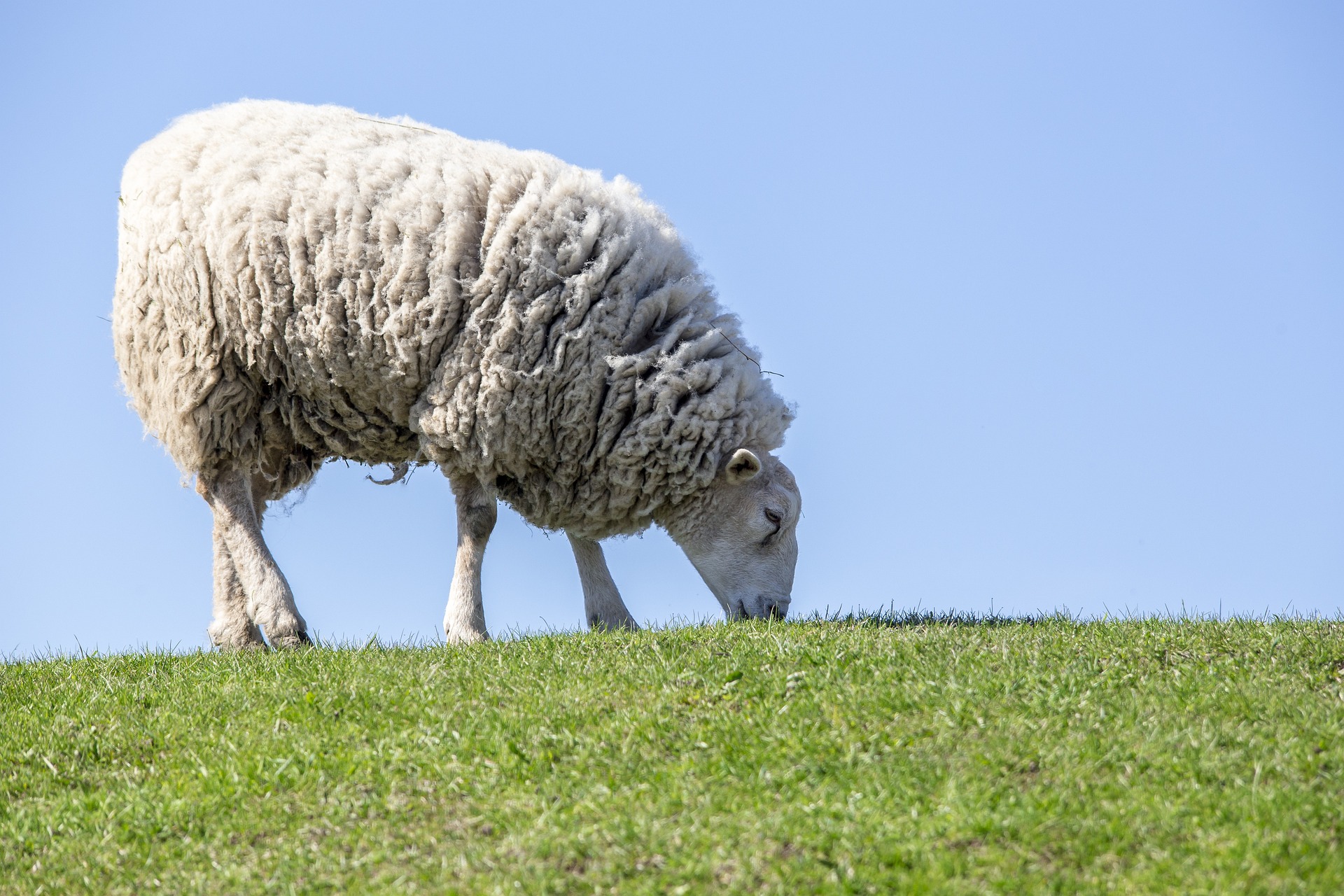Sheep (Ovis aries) are domesticated mammals belonging to the family Bovidae and are closely related to goats. Here are some key features and characteristics of sheep:
- Appearance: Sheep vary in size, shape, and color depending on the breed, but they generally have a compact body with four legs, a short tail (though some breeds have long or docked tails), and a distinctive woolly coat. Most domestic sheep are bred for their wool, meat, or milk.
- Domestication: Sheep were one of the first animals to be domesticated by humans, with evidence of sheep domestication dating back around 10,000 years. They were originally domesticated from wild mouflon in the Middle East and have since been selectively bred for various traits.
- Breeds: There are hundreds of sheep breeds worldwide, each adapted to different climates, terrains, and purposes. Some common breeds include Merino (known for its high-quality wool), Suffolk (raised for meat), and East Friesian (bred for dairy production).
- Wool: One of the primary products obtained from sheep is wool, which is the natural fiber that forms the fleece or coat of the sheep. Wool is valued for its warmth, moisture-wicking properties, and versatility, and it is used in the production of clothing, textiles, carpets, and insulation.
- Meat: Sheep meat, commonly referred to as lamb or mutton, is a significant source of protein in many cultures worldwide. Lamb refers to the meat of young sheep, typically less than one year old, while mutton refers to the meat of older sheep.
- Milk: Some sheep breeds, known as dairy sheep, are raised primarily for milk production. Sheep’s milk is higher in fat and protein content compared to cow’s milk and is used to make various dairy products such as cheese, yogurt, and butter.
- Behavior: Sheep are social animals that often form strong bonds within their flocks. They have a hierarchical social structure with dominant and submissive individuals. Sheep are known for their flocking behavior, which provides safety in numbers and helps protect them from predators.
- Habitat: Sheep are adaptable animals that can thrive in a variety of environments, including grasslands, mountains, and semi-arid regions. They are grazers, meaning they primarily feed on grasses and other vegetation, and they require access to fresh water.
Overall, sheep play an important role in agriculture and have been integral to human societies for thousands of years, providing valuable resources such as wool, meat, and milk. Additionally, they contribute to sustainable land management through grazing and have cultural significance in many regions.
Visited 190 times, 19 visit(s) today
Views: 342
Subscribe to the newsletter:
